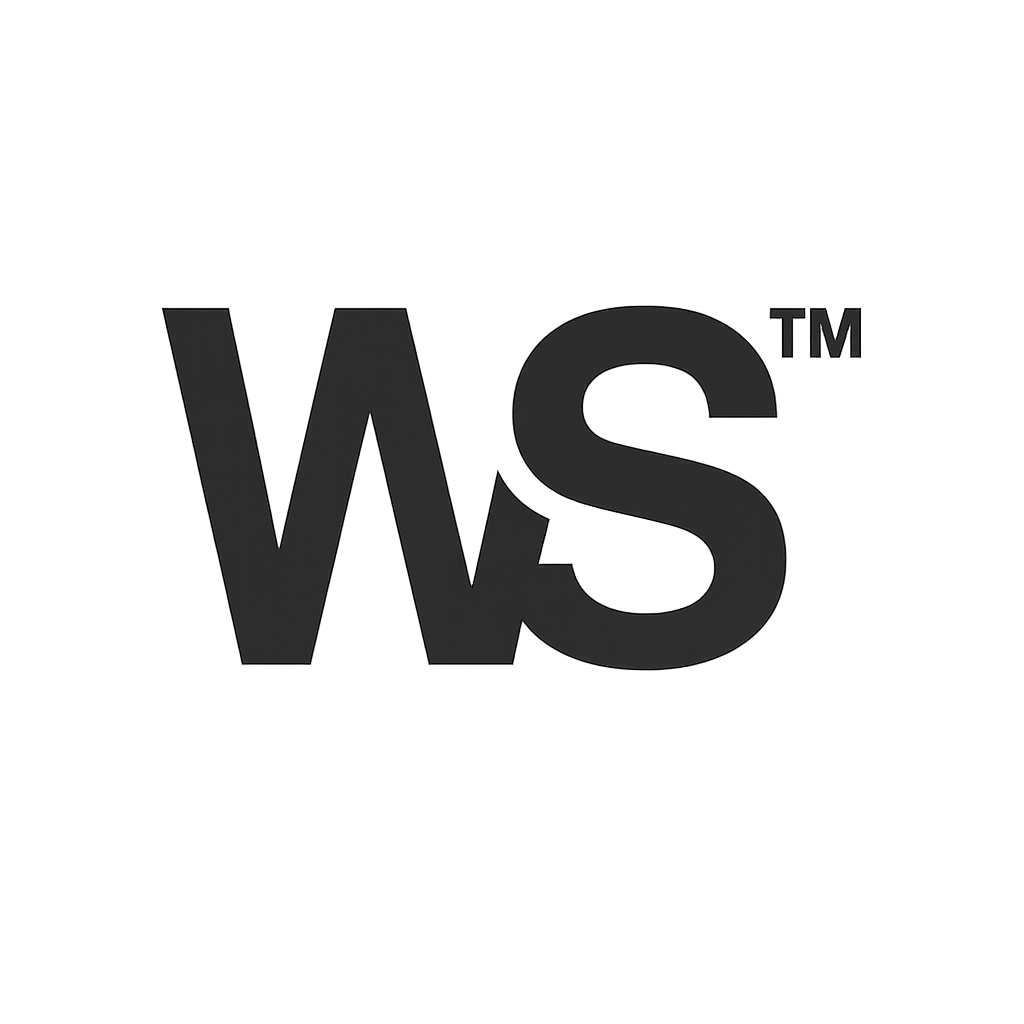5 Common Filtration Mistakes That Cost Companies Time and Money
Western Separations™ Resource Series
In industrial environments, filtration is often treated as a “set it and forget it” system. But that approach leads to some of the most expensive, frustrating, and preventable problems we see in the field.
Here are five of the most common filtration mistakes — and how to avoid them with smarter systems and support.
Western Separations™ Resource Series
In industrial environments, filtration is often treated as a “set it and forget it” system. But that approach leads to some of the most expensive, frustrating, and preventable problems we see in the field.
Here are five of the most common filtration mistakes — and how to avoid them with smarter systems and support.
1. Overlooking Proper System Sizing
A filter that’s too small gets overloaded. One that’s too large creates inefficiencies and added costs.
Solution: Always match your filtration design to flow rate, pressure, contaminant load, and future capacity. It’s not just about today — it’s about five years from now.
2. Choosing the Wrong Filter Media
Not all filters are created equal. Using the wrong material (e.g., paper when you need membrane, or cartridge instead of bag) results in poor performance, reduced life, and unexpected downtime.
Solution: Start with contaminant analysis and choose media designed for your specific challenge — not just what’s in stock.
3. Ignoring Maintenance Intervals
Skipping or delaying filter changes puts pressure on your whole system. It can damage equipment and degrade output quality.
Solution: Implement a preventative maintenance schedule and track pressure differentials to predict changeouts before failures occur.
4. Not Accounting for Chemical Compatibility
If your filter system materials react with the fluids being processed, you risk corrosion, degradation, or contamination.
Solution: Verify material compatibility for all components — housing, seals, and filter media — with the chemicals in your process.
5. No Plan for Scale or Change
Businesses evolve — but filtration systems often don’t.
Solution: Build flexibility into your system design. Whether it’s modular add-ons or adjustable flow capacity, think ahead so your system grows with you.
At Western Separations™, We Design Around Your Reality
We’ve seen these problems. We solve them.
Our team works closely with your engineers and operations staff to design filtration systems that anticipate issues, not just react to them.
💬 Ready to Improve Your Filtration Process?
Request a Quote or Contact Us — let’s optimize your system together.
How to Choose the Right Filtration System for Your Industry
Western Separations™ Resource Series
In every industry — from manufacturing to food processing to pharmaceuticals — clean separation is not a luxury, it’s a necessity. But how do you choose the right filtration system for your specific needs?
Whether you're launching a new facility or upgrading outdated equipment, this guide will walk you through the key factors that ensure long-term performance, cost-efficiency, and compliance.
Western Separations™ Resource Series
In every industry — from manufacturing to food processing to pharmaceuticals — clean separation is not a luxury, it’s a necessity. But how do you choose the right filtration system for your specific needs?
Whether you're launching a new facility or upgrading outdated equipment, this guide will walk you through the key factors that ensure long-term performance, cost-efficiency, and compliance.
1. Start With Your Contaminants
What exactly are you removing?
Solids? Oils? Gases? Biologicals?
Understanding the particle size, chemical nature, and load is essential. A water treatment facility will have entirely different filtration needs than a chemical processing plant.
2. Define Your Flow Rate & Pressure Requirements
How much material needs to move through your system — and how fast?
Low-pressure gravity systems and high-pressure industrial lines demand different filter designs, from media beds to membranes.
3. Know Your Industry Standards
Different sectors are governed by different standards:
Food & Beverage: FDA, USDA, NSF
Pharma: cGMP, ISO 13485
Manufacturing: ISO 9001, OSHA considerations
Choosing a compliant system avoids costly rework and ensures long-term trust.
4. Plan for Maintenance & Downtime
No system runs forever without maintenance.
Ask yourself:
How often does the filter need to be replaced or cleaned?
Can maintenance be done in-house?
Is there a fail-safe during downtime?
Smart filtration planning minimizes shutdowns and maximizes output.
5. Don’t Go It Alone
This is where we come in.
Western Separations™ designs, builds, and supports filtration and separation systems across multiple industries — always tailored, never off-the-shelf.
From initial consultation to installation and beyond, we help you make the right decisions upfront to avoid costly mistakes down the line.
💬 Let’s Talk
Need help evaluating your current setup or starting from scratch?
Request a Quote or Contact Us — we’ll walk you through every step.



